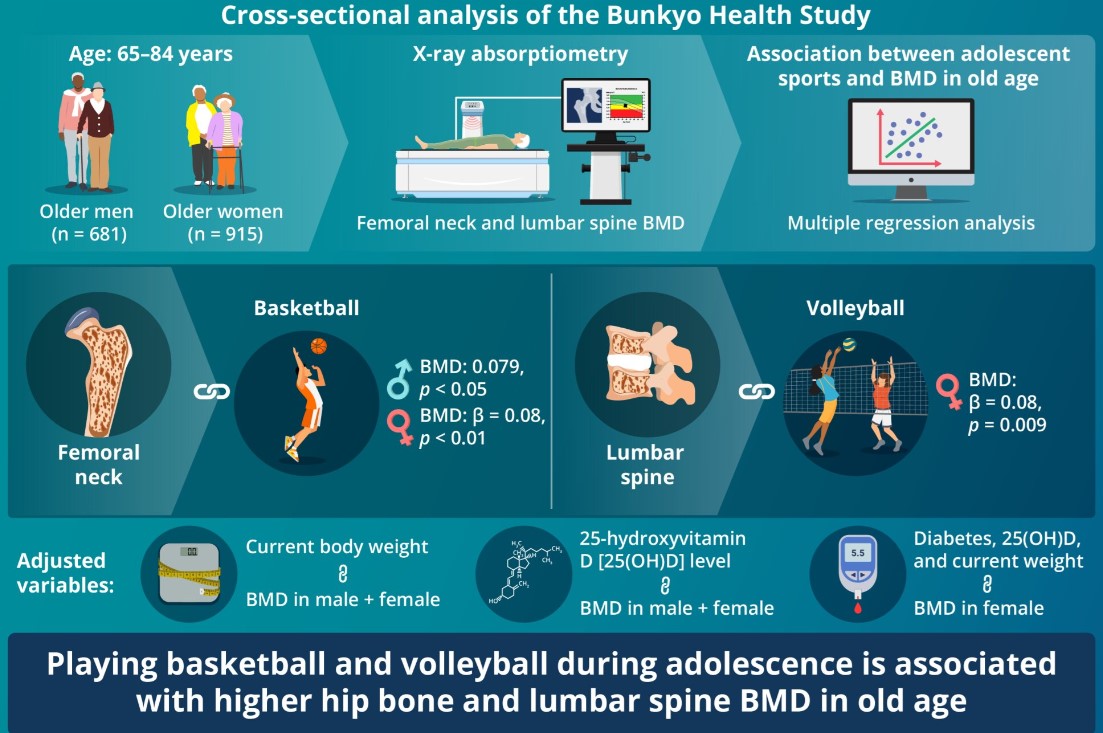Analyzing the Impact of Blood Flow Restriction on Perceptual Responses in Resistance Training
 We wanted to share the results of a comprehensive study from Sage Journals! This is a summary of the study, but the full study requires a purchase to access.
We wanted to share the results of a comprehensive study from Sage Journals! This is a summary of the study, but the full study requires a purchase to access.
 The field of resistance exercise has long debated the differences in perceptual responses between traditional resistance training and resistance training with blood flow restriction (RE+BFR).
The field of resistance exercise has long debated the differences in perceptual responses between traditional resistance training and resistance training with blood flow restriction (RE+BFR).
A recent systematic review and meta-analysis aimed to shed light on this topic, providing insights for athletes and trainers alike.
This study, which included 30 different studies in its analysis, was designed to compare the effects of RE+BFR versus traditional non-BFR resistance exercises, including both low-load (LL-RE) and high-load resistance exercises (HL-RE).
The research, drawing from data sources like CINAHL, Cochrane Library, PubMed®, Scopus, SPORTDiscus, and Web of Science, was rigorous in its approach. Two independent reviewers conducted the data extraction, with any disagreements resolved by a third reviewer, ensuring a high level of accuracy and reliability in the findings.
One of the key metrics examined was the rate of perceived exertion (RPE) and muscle pain/discomfort experienced by individuals participating in these exercises.
The results revealed some intriguing patterns. In fixed repetition schemes, the RPE and discomfort were significantly higher in RE+BFR compared to non-BFR LL-RE. However, when comparing RE+BFR with non-BFR HL-RE, no significant differences in RPE were found, except in fixed repetition schemes where RPE was actually higher in non-BFR HL-RE.
The study also looked at sets done to voluntary failure. In these sets, the discomfort was found to be higher in RE+BFR compared to non-BFR HL-RE, yet in fixed repetition schemes, the results were similar. Interestingly, in fixed repetition schemes, discomfort in RE+BFR was similar to HL-RE but lower compared to non-BFR LL-RE.
These findings provide important insights into the effects of RE+BFR on perceptual responses. The study concluded that in sets to voluntary failure, RPE is similar between RE+BFR and non-BFR exercises. However, in fixed repetition schemes, RE+BFR seems to induce higher RPE than non-BFR LL-RE and less than HL-RE.
As for discomfort, it appears similar between LL-RE with and without BFR in sets to failure, but RE+BFR seems to promote greater discomfort compared to HL-RE. In fixed repetition schemes, however, the discomfort appears to be no different between RE+BFR and HL-RE, but is lower in non-BFR LL-RE.
This comprehensive study provides a clearer understanding of how blood flow restriction impacts the perceptual experience of resistance training, offering valuable information for those looking to optimize their training regimes.
Read more here!
![HR Logo [Recovered]_Full Color Vertical-1](https://blog.healthyroster.com/hs-fs/hubfs/HR%20Logo%20%5BRecovered%5D_Full%20Color%20Vertical-1.png?width=199&height=178&name=HR%20Logo%20%5BRecovered%5D_Full%20Color%20Vertical-1.png)
 By
By


